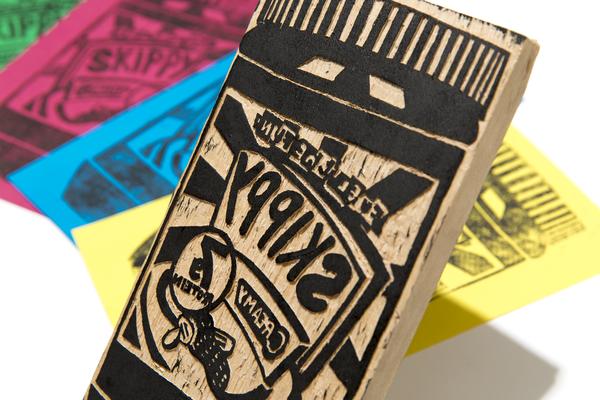Language encompasses more than words. All methods of creation are a language, from speech to movement, visual design to writing, but also things like cooking, dancing, sound design, coding and the myriad of other ways we communicate to one another and ourselves.
Broadly speaking, language is mediated through our shared definitions of symbols. At a more intimate level, meaning is influenced by our individual experiences. Without our shared definitions, language means nothing. Yet through our individual experiences, language can gain a plurality of meaning.
The act of translation is then inherently an imperfect science; precision is unachievable. Instead, we can only strive to interpret, and to end with something as true to the original subject as possible.
As artists, writers, and thinkers at SJR, everyday we translate ideas into different forms. Our translations are undoubtedly influenced by our own experiences, but we trust that they resonate with, and inspire, a greater audience.

GIF by Cindy Suen
In a world where content is spread across multiple platforms – and the platforms themselves are increasingly idiosyncratic and fragmented – scrutinizing the nuances of translation is vital. If we only have a few seconds of a user’s attention to grab them, each element has to be carefully considered.
Words, colors, lights, and sound all influence tone, and can change the intended meaning. We need to know what story we want to tell, as well as recognize the diversity of our audience.
This inherent paradox and complexity of translation made us stop and question how we communicate. Why do we choose certain elements, and how are we using them to convey meaning?
To learn more about the subtleties of storytelling, we designed an experiment: What would happen if we took one subject and translated it through editorial, design, video and photography? What shared themes would emerge, and how would our translations differ from one another? And, most importantly, what will we discover in the process?
For this to work, we needed the right subject. We landed on the peanut butter and jelly sandwich.
Vine by Ashlee Christian
We chose to translate the PB&J for its simplicity and its complexity. Its ingredients may be few, but its legacy is huge. On the surface, it’s uncontroversial. Simple. Childish even. But it has texture and pieces, color and culture. To us, it was the perfect reference point.
We then began creating, guided by the question: How do you explain a PB&J? We weren’t trying to achieve a perfect analysis of a sandwich. We were interested in unraveling and discovering the PB&J, an icon in its own right. And, in the process, showing the diverse array of talent and perspectives inside SJR, and learning more about how we approach storytelling.

Wood cut by Matt Kaiser
In this issue you’ll find pieces on nostalgia and memory, current events, food trends, history, and popular culture. You’ll travel around the world, visit a peanut butter and jelly museum, and watch as a group of people try one for the first time.
At the end of every piece, you’ll find a statement by the author(s) explaining their act of translation. We hope this opens up a window into our process, and invite you to explore translation with us.
Author annotations:
Cats are one of my favorite things to draw. So naturally for my PB&J, I included them into my animated GIF, which I like to call “Pee-Cat-Boo PB&Js” – short for a cat family playing peekaboo on PB&Js.
Cindy Suen, Multimedia Team
My name is Ashlee, and I like making Vines. Vine to me feels like a vehicle for the perfect short story. You have 6 seconds to say something that is clear, concise, and gets your idea across. For the purposes of this Vine I wanted to create a trailer for this issue by doing a literal interpretation of peanut butter and jelly, from start to finish. The perfect short story of how peanuts and fruit become a beloved American power couple.
Ashlee Christian, Operations
I once read a book about the pop art movement. It claimed that witnessing the mass production of anything could be a traumatic event. The trauma occurs in the repetition of the event. Peanut butter is a consistently delicious food that is produced from a once living thing, en masse. While thinking about how peanut butter could translate to something else, I found myself considering a discarded piece of wood I had in my home. It was left over from a shelf I made. It too was once living and was processed on a mass scale, though it was made as a blank canvas.
All it was missing was the advertising…
Matt Kaiser, Project Management





